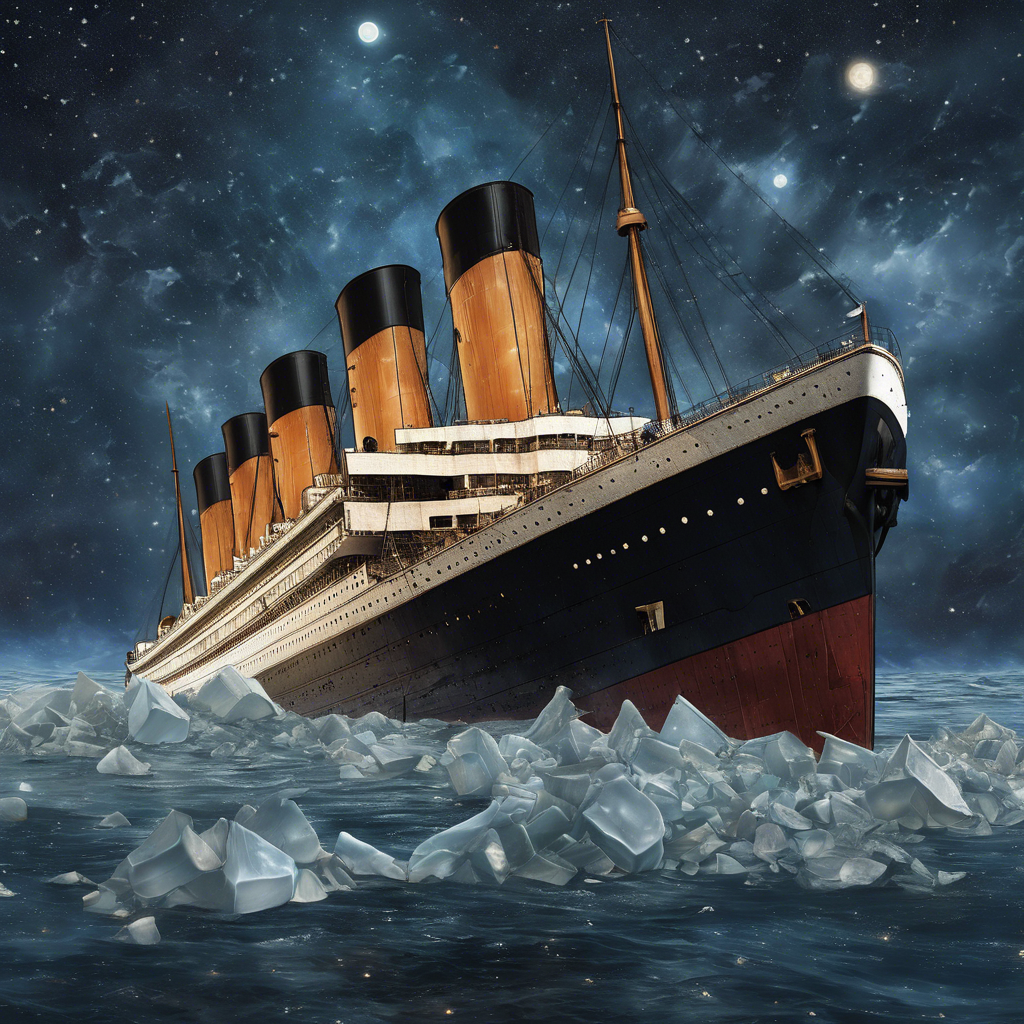What year did the Titanic sink?
The Sinking of the Titanic: A Historical Event
The RMS Titanic was a British passenger liner that sank in the early morning hours of April 15, 1912, after colliding with an iceberg during her maiden voyage from Southampton to New York City. The sinking of the Titanic was one of the deadliest maritime disasters in history, resulting in the loss of over 1,500 lives.
Circumstances Leading to the Sinking
The Titanic set sail from Southampton on April 10, 1912, and was expected to arrive in New York City on April 17. However, on the night of April 14, the ship struck an iceberg in the North Atlantic Ocean. The collision caused significant damage to the ship’s hull, which led to flooding of the compartments.
The crew’s attempts to save the ship were unsuccessful, and the Titanic eventually sank at around 2:20 am on April 15, 1912.
Timeline of the Sinking
- April 10, 1912: The Titanic sets sail from Southampton.
- April 14, 1912: The Titanic strikes an iceberg in the North Atlantic Ocean.
- April 14, 1912 (11:40 pm): The crew sends distress signals to nearby ships.
- April 15, 1912 (2:20 am): The Titanic sinks.
Key Players Involved in the Sinking
The sinking of the Titanic involved several key players, including:
- Edward Smith: Captain of the Titanic, who went down with the ship.
- Thomas Andrews: Shipbuilder and designer of the Titanic, who also perished in the disaster.
- Archibald Butt: American military officer who helped evacuate passengers and crew members.
Aftermath of the Sinking
The sinking of the Titanic had a profound impact on maritime safety regulations and practices. Some of the changes that occurred as a result of the disaster include:
- Mandatory use of wireless telegraphy for emergency communications.
- Increased lifeboat capacity and emergency drills.
- International Convention for the Safety of Life at Sea (SOLAS) in 1914.
Legacy of the Titanic
The Titanic has become an iconic symbol of maritime history, and its sinking has been the subject of numerous books, films, and documentaries. The ship’s legacy serves as a reminder of the importance of safety at sea and the need for continued innovation and regulation in the maritime industry.














Post Comment